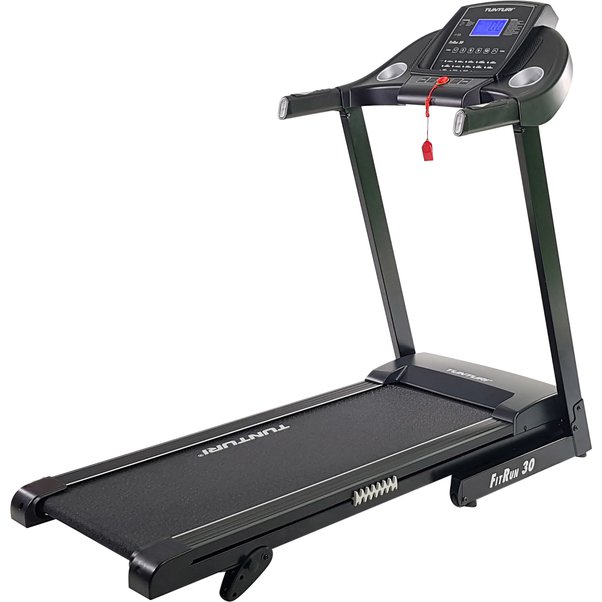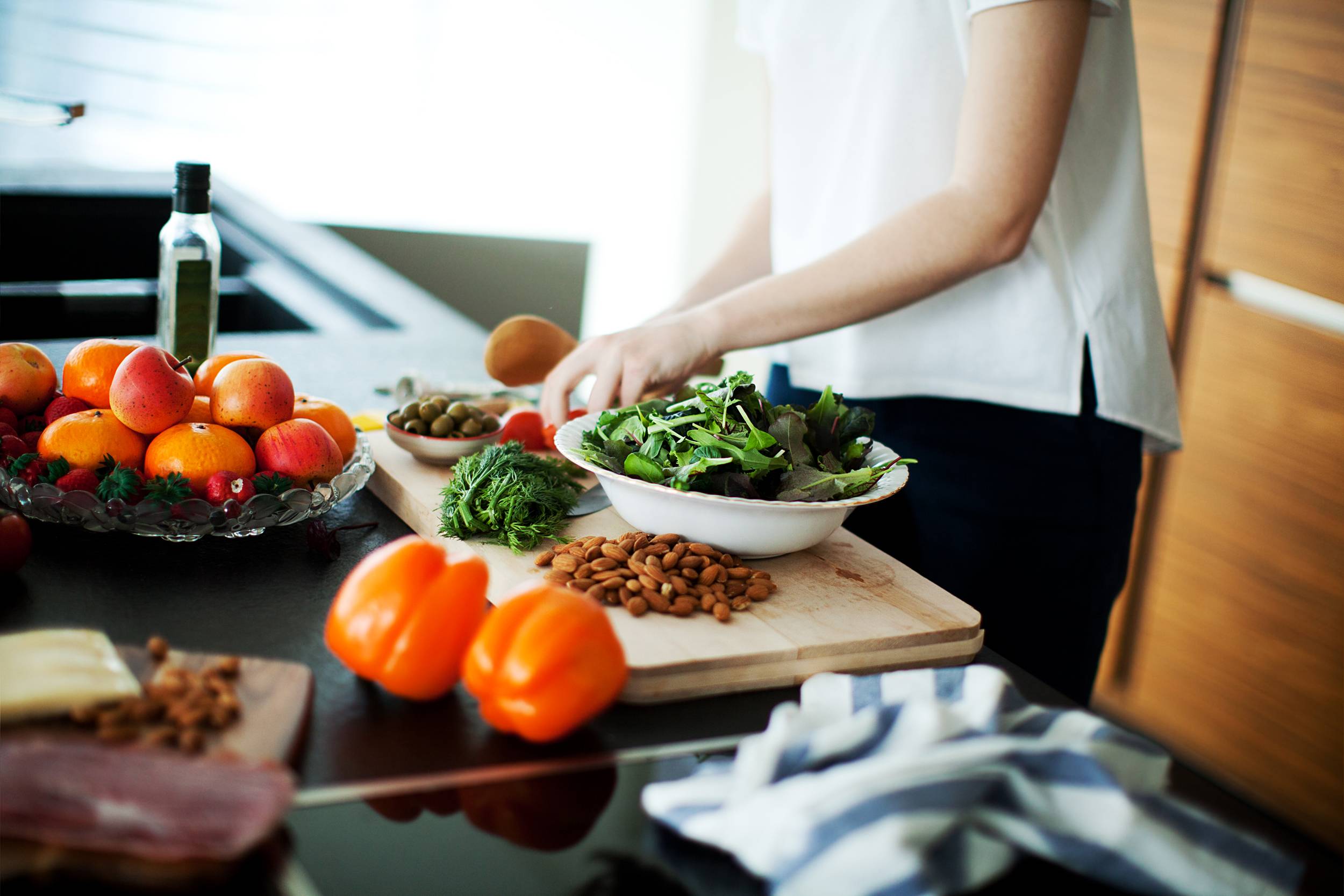
Our articles on MyPlate food groups and serving sizes, as well as plant-based foods, will help you learn more about MyPlate. We also discuss the importance of eating plenty of vitamins and minerals-rich vegetables and reducing your daily intake. The information on Healthy Eating Plate is intended as a resource for health-conscious individuals and educators. Although we make recommendations for healthy eating habits and exercise, they do not endorse any particular diet or exercise.
MyPlate
MyPlate encourages Americans to consume at least half of their plates as fruits and veggies. Circulation's March 2021 study followed 108,000 people for 30+ years. It found that eating the recommended daily amount of fruits, vegetables, whole grain, and grains significantly reduced mortality rates and the risk of developing Type 2 Diabetes. While these findings are helpful, the MyPlate eating healthy plate has some shortcomings. Below are some common problems with the MyPlate eating healthy plate.
MyPlate food groups
The MyPlate Plan offers a guide to healthy eating. The plan emphasizes five food categories: grains, fruits and dairy, protein, and vegetables. This five food group makes up half the recommended portion of your plate. Instead of choosing white bread or white rice, choose whole grains. Then, choose a serving size of each food group that fits your budget. Make sure to choose foods rich in dietary fiber and calcium as well as iron and potassium.

Serving sizes
We all have heard of serving sizes. But, how do we know how much each serving actually is? Truth is that the serving sizes listed on food labels can differ from one package to another, and it's important to pay attention to these amounts if you want to stay healthy. If you don't know what to choose, the Nutrition Facts Label is a good place for guidance. The table below will show you the serving sizes of many foods.
Plant-based food
It is possible to have great health benefits by eating plant-based, but it can be difficult. The majority of plant-based diets require major lifestyle changes. These tips will help you get started if you are interested in switching to a plant-based diet. Eat at least half of the food you eat from plant-based ingredients. Eat more whole grains (especially beans) and beans, especially if they are high in fibre.
Lean protein sources
Lean protein sources have low calories but are high in protein. Protein helps you stay fuller for longer and supports many body functions. There are many different types of protein you can choose from. These are some ideas to help you add protein to your daily meals. Here are some of the best sources for protein. All contain less than 100 calories per serving. The best source of protein is one that contains less then 10 grams of total fat, and less than 4.5 grams of saturated.
Sugars
It's a great way for you to be healthy and fit. Using the nutrition facts label is a helpful way to find out how much sugar you're consuming and what to substitute for it. You can find out more by reading the label. Most foods will include information about the sugar content on their labels. While sugar isn't necessary for our daily lives, it shouldn't be ignored.

Meat substitutes
The best way to create a healthy dinner is to use meat substitutes. Many varieties look similar to meat products but are actually plant-based. Mycoprotein, for instance, is a common substitute for meat. It is high on protein and fibre, with little or no saturated fat. It is also easily soluble with water, making this a great ingredient for cooking. It can be flavorful so that even without the use of meat, the meal will still taste great.
FAQ
Why Exercise Is Important to Weight Loss?
The human body is an incredible machine. It's designed to move. Move your body to stay healthy, whether you are running, swimming, biking or lifting weights.
Exercise can also help you lose weight and tone your muscles. This makes you feel good both physically and psychologically. It is common to hear people say that exercise is essential for weight loss. But what exactly is it?
-
Exercise increases metabolism. When you exercise, your body uses energy. Your heart rate increases, blood flow to your muscles and oxygen is absorbed from your lungs when you move. All of these activities are energy-intensive. Exercise can help you burn more calories and increase your metabolism rate. Your body's energy consumption during physical activity is known as the amount of calories burned.
-
Exercise reduces appetite. Working out will help you to eat less and make you feel fuller all day.
-
Strengthening your muscles through exercise is key. Muscle tissue is more energetic than fat tissue. So if you build lean muscle mass, you will need less food to maintain your current weight.
-
Endorphins are released when you exercise. Endorphins are hormones that make you happy. They are released when you exercise. Endorphins are known to block pain signals from your brain. This gives you a feeling of well-being.
-
Exercise improves self-esteem. Exercise regularly leads to higher self-esteem. They live longer, healthier lives.
If you want to lose weight, start with small changes. Consider adding these tips to your daily routine.
Can I eat fruits during intermittent fasting?
Fruits are great for you. They provide vitamins, minerals, fiber, antioxidants, and other nutrients. But, they can also contain sugar that can spike blood glucose levels. This can lead insulin resistance and weight increase. If you're looking to lose weight with an IF diet then you should choose fruits that are low in glycemic.
What is the difference between intermittent fasting or calorie restriction?
Calorie restriction is a way to eat less than your body needs. Intermittent fasting is different because it doesn't involve restricting calories. Intermittent fasting focuses more on eating fewer calories every day.
Intermittent fasting allows you to indulge in foods that you love while feeling guilt-free.
However, both methods have their pros and cons. You have to decide which method you prefer.
Statistics
- According to Harvard Health, it's estimated that a 155-pound (70-kg) person burns around 167 calories per 30 minutes of walking at a moderate pace of 4 mph (6.4 km/h) (5). (healthline.com)
- According to a study sponsored by the American Council on Exercise, a person weighing around 140 pounds (64 kg) would burn 108 calories at a 30-minute beginner's Pilates class or 168 calories at an advanced class of the same duration (26). (healthline.com)
- According to Harvard Health, it's estimated that a 155-pound (70-kg) person burns roughly 112 calories per 30 minutes of weight training (5). (healthline.com)
- One study in 9 active men found that HIIT burned 25–30% more calories per minute than other types of exercises, including weight training, cycling, and running on a treadmill (18Trusted Source (healthline.com)
External Links
How To
How do I lose belly fat fast?
It is hard to lose belly fat. It takes hard work and dedication. But if you follow these tips, you will definitely see results.
-
Eat Healthy Food. Healthy food is important. Ensure that you eat foods like fruits, vegetables, whole grains, lean protein, low-fat dairy products, nuts, seeds, beans, legumes, fish, poultry, eggs, olive oil, low-sugar fruits and vegetables, and stay away from junk food.
-
Drink Water. Water keeps you hydrated and makes you feel fuller for longer periods. Keep hydrated every day.
-
Cardio exercises. Cardio exercises are great for building muscle mass and helping you burn more calories. Cardio exercises can also increase your heart health, and speed up metabolism. Do 30 minutes of cardio exercise each day.
-
Get enough sleep. Good health is dependent on sleep. Lack of sleep causes stress and anxiety, which leads to unhealthy habits like overeating and smoking.
-
Reduce stress levels. Stress can affect our brain chemistry. Cortisol is a hormone our bodies make when we feel stressed. It increases hunger pangs.
-
Take regular breaks. Regular breaks are important throughout the day. Go outside and walk around or take a short nap. This gives your body and mind time to relax.
-
Avoid Alcohol Consumption. Alcohol contains empty calories and slows down digestion. You should avoid alcohol if your goal is to lose belly fat.
-
Have Fun!